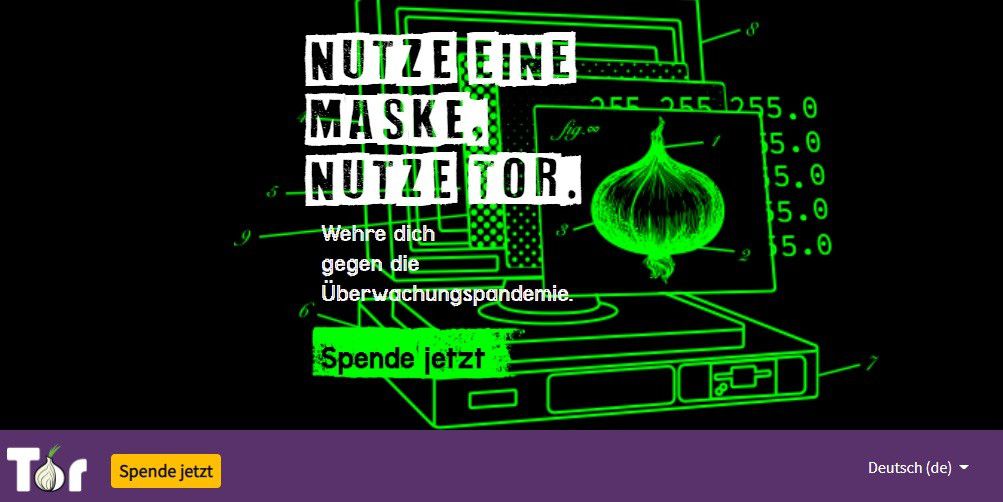The Tor network, short for “The Onion Router,” offers a pathway to enhanced online privacy and anonymity. Developed initially in the early 2000s as a project of the U.S. Naval Research Laboratory, Tor’s operation and development transitioned to The Tor Project, an independent non-profit organization, in 2006. Their mission: to provide a free and accessible method for anonymizing internet connection data. The Tor Project receives approximately 85% of its funding from various U.S. government agencies, with the remaining 15% sourced from private sponsors and NGOs.
How Tor Works: The Onion Analogy
Tor’s name aptly describes its functionality. When a user connects to the network, their data is routed through three randomly selected Tor servers, or nodes, layered like the skins of an onion. This layered approach to routing ensures that the website visited only sees the IP address of the final Tor server, known as the exit node. The user’s actual IP address remains hidden. Each individual Tor server only knows the addresses of the immediately preceding and succeeding nodes in the data chain. This connection pathway changes every 10 minutes, further enhancing anonymity by rerouting traffic through a new set of randomly chosen nodes. Only the initial access node remains consistent for a period of two to three months.
Encryption and Security Considerations
Within the Tor network, transmitted data is encrypted and only decrypted upon reaching the exit node. It’s crucial for Tor users to understand that data transmitted beyond the exit node, such as information entered on websites or social media platforms, is no longer protected by Tor’s encryption. For truly confidential communication over Tor, end-to-end encryption is essential. Accessing Tor requires a specifically configured browser like the Tor browser, often included in privacy-focused operating systems like Tails. This browser is typically based on Mozilla Firefox, modified for enhanced anonymity and security within the Tor network.
Network Structure and Vulnerabilities
Currently, the Tor network comprises approximately 6,500 active servers globally, maintained by a diverse group of individuals, companies, and organizations. Anyone with a DSL connection can contribute by setting up their own Tor node. However, this decentralized structure introduces a potential vulnerability. Because many connections routed through Tor lack end-to-end encryption (often due to user oversight), operators of exit nodes could potentially intercept and read unencrypted communication. This underscores the importance of using additional encryption methods alongside Tor. Furthermore, if a powerful entity, such as a government intelligence agency, were to control a significant portion of the internet or compromise a substantial number of Tor nodes with surveillance software, they could potentially deduce information about network users through statistical analysis.
Tor’s Role in Online Privacy and the Darknet
Despite these potential vulnerabilities, Tor remains a vital tool for online anonymity, utilized by approximately two million people daily, including many in countries with restrictive internet policies. It plays a critical role in accessing the darknet, a network of websites and forums accessible only through the Tor network.
Conclusion
Tor provides a valuable service in protecting online privacy and anonymity. While no system is completely foolproof, understanding its functionality, limitations, and best practices for secure usage, such as employing end-to-end encryption, empowers users to navigate the internet with greater security and confidence. The Tor network represents a crucial element in the ongoing pursuit of online freedom and privacy in an increasingly interconnected world.











